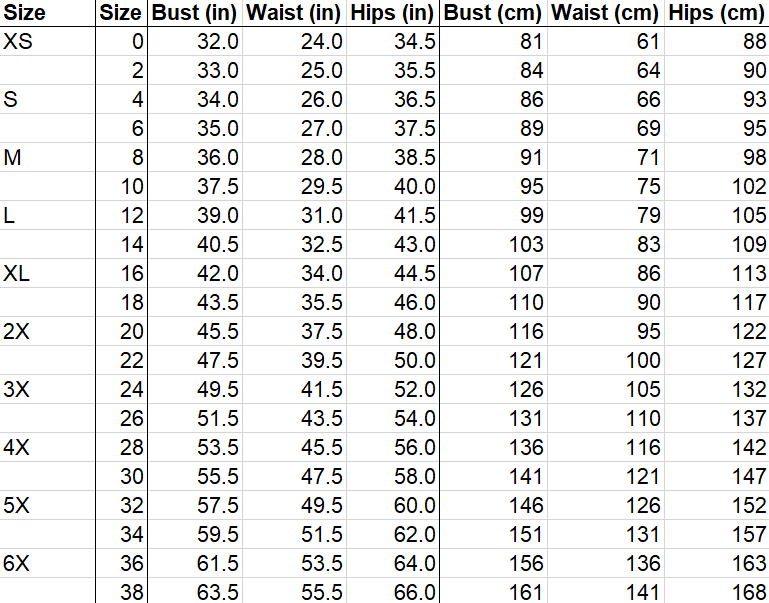The History of the 50's Circle Skirt
The Circle Skirt was officially born in the 1950s, evolving from the emerging post-war styles, starting with Christian Dior’s New Look. In particular, it was inspired by the Bar Suit, which consisted of an A-line skirt and a very structured suit jacket (pictured below). After government-imposed fabric rationing during World War II ended, Dior was interested in freeing women from these constraints and once again creating clothing that was not limited in the amount of fabric it was made from. He pushed the fashion industry towards encouraging feminine shapes, similar to those that had been popular during the 30s. His styles enhanced women’s classic hourglass shape and, after his initial 1947 line and as the war became more of a distant memory, he became much more opulent in his designs, using fabric in excess. This excess meant styles with larger skirts, and the transition from the Bar Suit to Circle Skirt was catalyzed.

While Dior was preparing the world of high fashion to embrace the circle skirt, Juli Lynne Charlot was the one who came up with and created the very first. The story goes that Charlot was invited to a party without an outfit, money for a new one, or knowledge of sewing. Even so, she decided she’d make her own dress. Her mother owned a factory that used felt, so, with her access to free felt, Juli Charlot cut a complete circle, with a smaller circle in the middle for her waist. The design allowed her to avoid sewing any seams, and she added some appliques to spruce up the design. At the party, she got plenty of compliments. When she needed some extra money a week later, she made two more circle skirts. She took them to a local boutique and they sold almost as soon as they were put on the floor. The boutique owner put in an order for more circle skirts, and Charlot was in business!



Once these skirts became widely popular, women began styling the circle skirt -- and others similar to it, like the pleated and gathered skirts -- to be as voluminous as possible. Using multiple layers of stiff petticoats, and even hoop skirts, they gave the 50s skirts this full style. It was popular because the fullness hid big hips and made waists look smaller. Vintage clothing experts, Debbie and Oscar of the website Vintage Dancer, say, “The 1950s full circle skirt was the least bulky of the full skirts. The pattern was cut from one very large square piece in the shape of a doughnut. The inside circle was the waist measurement and the outside circle created the fullness.” Cotton and wool were very popular in the day to make skirts, but for the circle skirt, “wool felt was the best choice. It was thick yet light, which made it cover hoop skirt ridges easily. It also didn’t need hemming since the edges never unraveled.” At the time, the style was to create skirts out of unpatterned material, and then sew or attach appliques and designs onto the skirts, particularly abstract designs, which fit with the “atomic art” style popular at that time.



Above: pleated, gathered, and circle skirts
Written by Miranda Marnik-Said
References:
https://ladyjojosboutique.wordpress.com/2011/07/13/christian-diors-new-look-of-the-1940s-and-1950s/
https://vintagedancer.com/1950s/1950s-fashion-history-skirts/
https://thevintagetraveler.wordpress.com/2010/04/28/interview-with-juli-lynne-charlot/












































































































